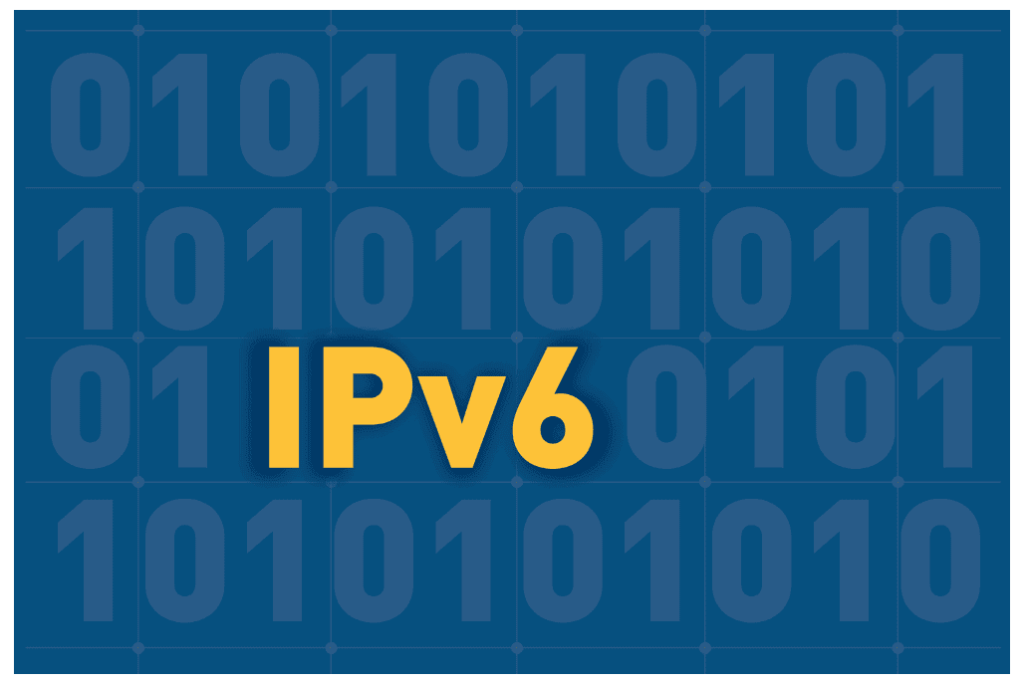In IPv4, there are well-known private network ranges commonly used within internal networks:
- 192.168.0.0/24: A range that supports 256 IP addresses.
- 10.0.0.0/8: A large range supporting over 16 million addresses.
- 172.16.0.0/16: A range that supports 65,536 addresses.
When transitioning to IPv6, the concept of private network spaces still exists but is implemented differently. This article will explain the IPv6 equivalents, how to calculate subnets, and how to determine the first and last IP addresses within a range, with detailed examples for clarity.
IPv6 Equivalents to IPv4 Private Networks
In IPv6, the equivalent to private IPv4 network ranges is called Unique Local Addresses (ULAs). These addresses are defined in RFC 4193 and reserved for local communications within private networks. The IPv6 range for ULAs is:
- fc00::/7, which includes the address space from fc00:: to fdff:ffff:ffff:ffff:ffff:ffff:ffff.
For practical use, only the fd00::/8 block is commonly utilized because the fc00::/8 block is reserved for future use and would require a central registry that has not been established.
Known IPv6 Private Address Ranges
Here are the common IPv6 private address ranges:
- fc00::/7: The entire range designated for unique local addresses.
- fd00::/8: The most frequently used block for private network configurations.
Example: Setting Up an IPv6 Private Network
Let’s say you want to create an IPv6 private network equivalent to the IPv4 range 192.168.0.0/24. You could choose a network prefix like fd12:3456:789a::/48. This prefix can be further split into smaller subnets to match your internal network requirements.
Understanding IPv6 Address Notation
An IPv6 address is 128 bits long, written in hexadecimal, and separated by colons. For example:
- fd12:3456:789a:0001:0000:0000:0000:0001
Each group between the colons represents 16 bits, or 4 hexadecimal digits. Leading zeros within each group can be omitted, so 0001 can be written as 1.
How to Calculate IPv6 Subnets
IPv6 subnets use CIDR notation, similar to IPv4. The notation /n specifies how many bits make up the network portion of the address. For example, /48 means the first 48 bits define the network.
Example 1: Subnetting fd12:3456:789a::/48
Imagine you have the IPv6 network fd12:3456:789a::/48, and you want to create subnets of /64 (the standard size for a local subnet). Here’s how you can calculate these subnets:
- Start with the base network: fd12:3456:789a::/48.
- Expand it to create /64 subnets:
- fd12:3456:789a:0000::/64
- fd12:3456:789a:0001::/64
- fd12:3456:789a:0002::/64
- fd12:3456:789a:0003::/64
Each /64 subnet provides 2^64 (approximately 18 quintillion) unique IPv6 addresses, which is more than sufficient for any local network.
Determining the First and Last IP Address of an IPv6 Range
To find the first and last IP addresses within an IPv6 range, you need to identify the start and end boundaries.
Example 2: Finding the first and last addresses of fd12:3456:789a:0001::/64
- First address: The first address is the network address itself:
- fd12:3456:789a:0001:0000:0000:0000:0000
- Last address: The last address in the range sets all host bits to 1:
- fd12:3456:789a:0001:ffff:ffff:ffff
This range encompasses all addresses from fd12:3456:789a:0001:0000:0000:0000:0000 to fd12:3456:789a:0001:ffff:ffff:ffff.
Cutting Subnets from a Larger IPv6 Block
If you need subnets smaller than /64, you can increase the prefix length. For instance, creating /72 subnets from a /64 block will divide it into 16 smaller subnets.
Example 3: Cutting /72 subnets from fd12:3456:789a:0001::/64
- Start with the network fd12:3456:789a:0001::/64.
- Divide it into /72 subnets:
- fd12:3456:789a:0001:0000::/72
- fd12:3456:789a:0001:0010::/72
- fd12:3456:789a:0001:0020::/72
- fd12:3456:789a:0001:0030::/72
Each /72 subnet provides 2^56 (approximately 72 quadrillion) addresses.
Visual Guide to IPv6 Subnetting
For a more detailed breakdown:
- /48 subnet: Used for larger networks. Example: fd12:3456:789a::/48
- /64 subnet: Standard size for LANs. Example: fd12:3456:789a:0001::/64
- /72 subnet: Subdividing a /64 for more specific use cases. Example: fd12:3456:789a:0001:0010::/72
Common ULA Example Networks for Practice
- fd00::/8: General private use.
- fd12:3456:789a::/48: Example for mid-sized networks.
- fd12:3456:abcd::/64: Example for a single LAN.
- fd00:dead:beef::/48: A practice range for testing internal configurations.
Conclusion
IPv6 provides an expansive address space that allows for flexible subnetting and addressing. Understanding how to use ULAs, create subnets, and determine IP range boundaries will help you manage and scale private networks. Unlike IPv4, IPv6 makes subnetting easier due to its immense address space, ensuring you won’t run out of IPs anytime soon.
By following these principles, you can design robust IPv6 private networks that match or exceed the functionality of traditional IPv4 private network spaces.








